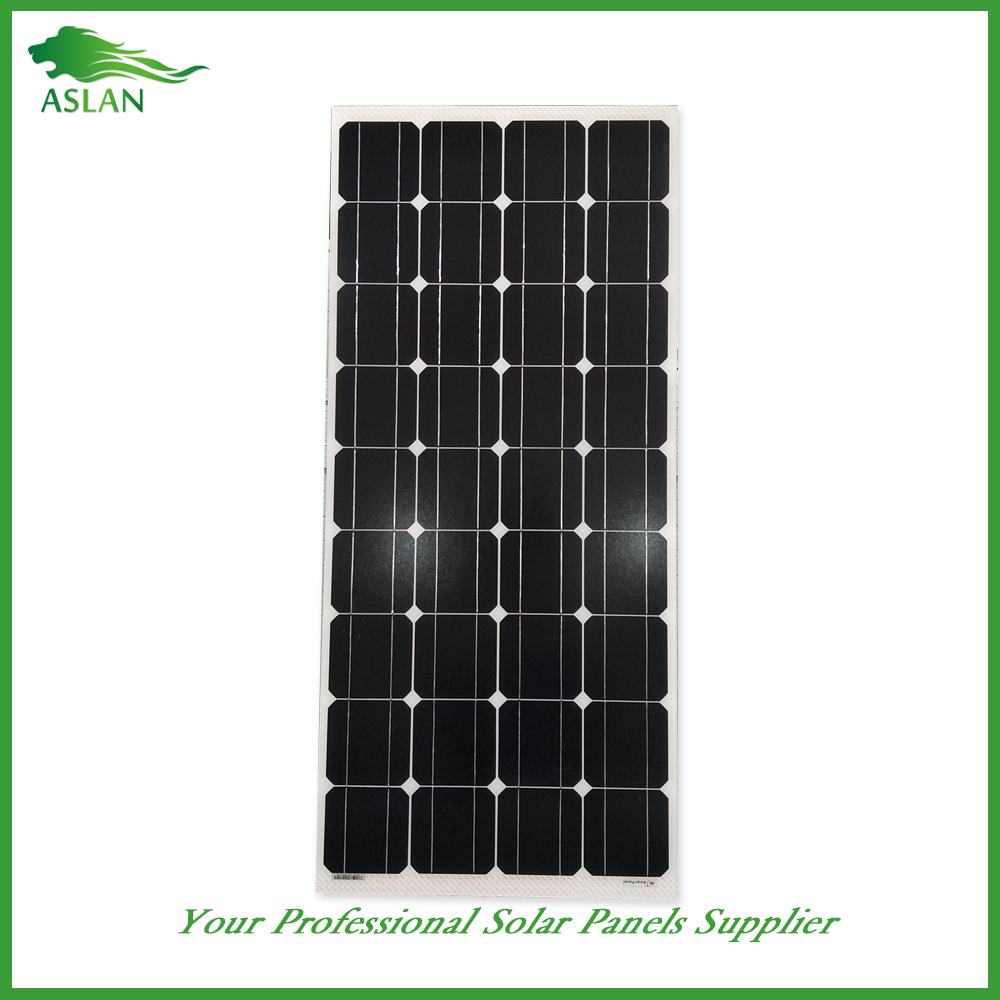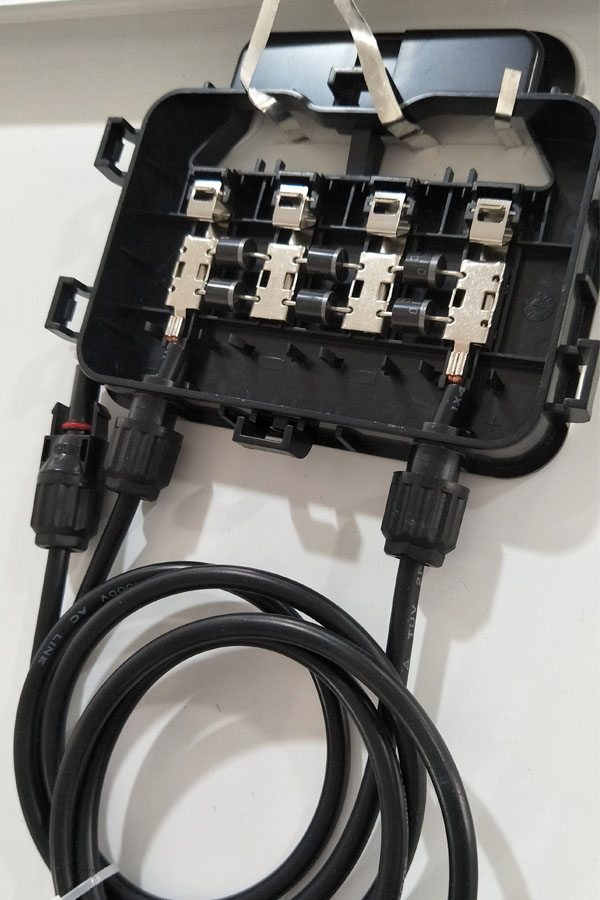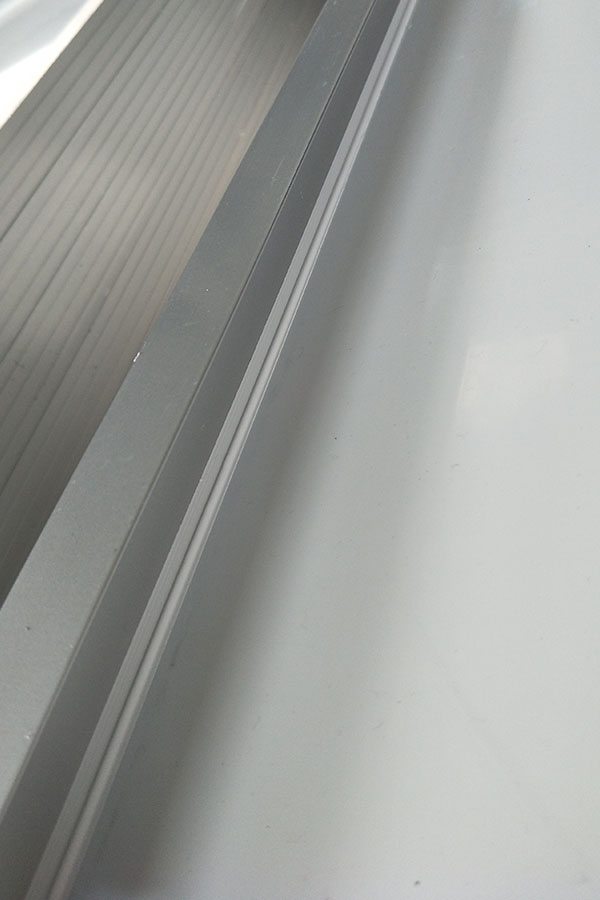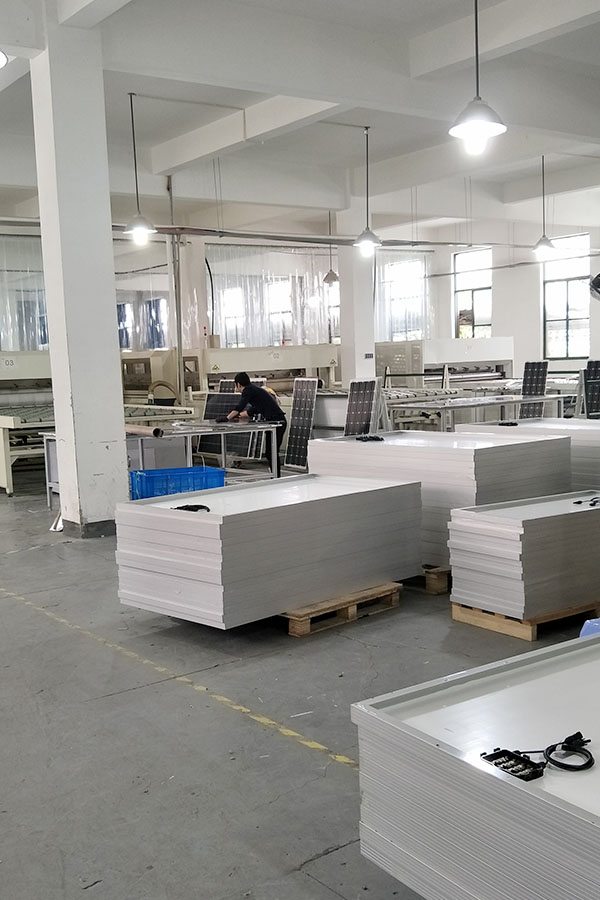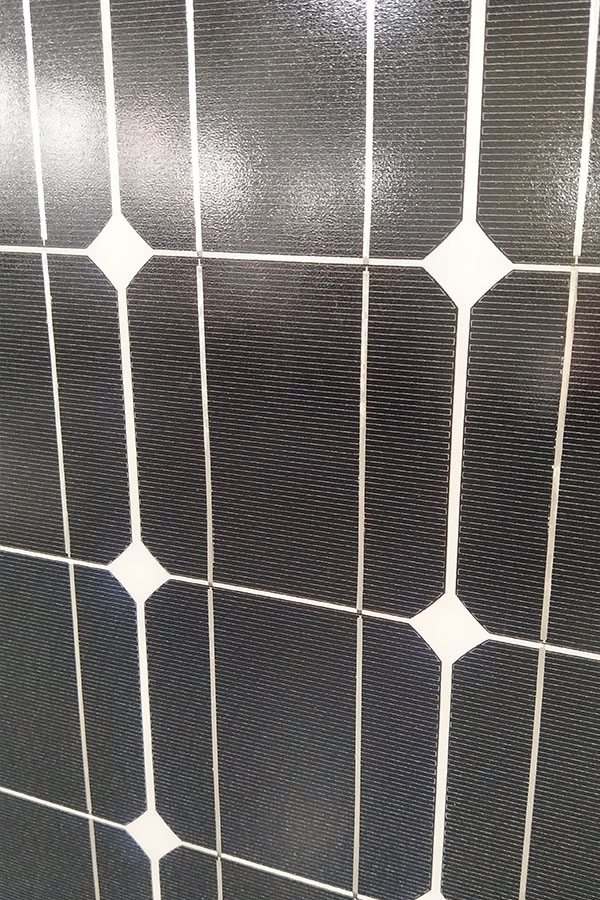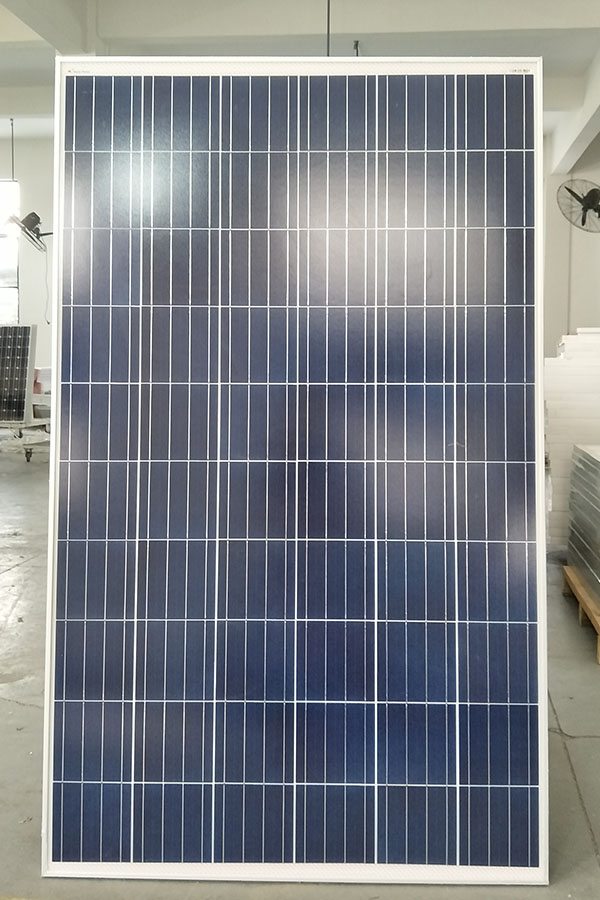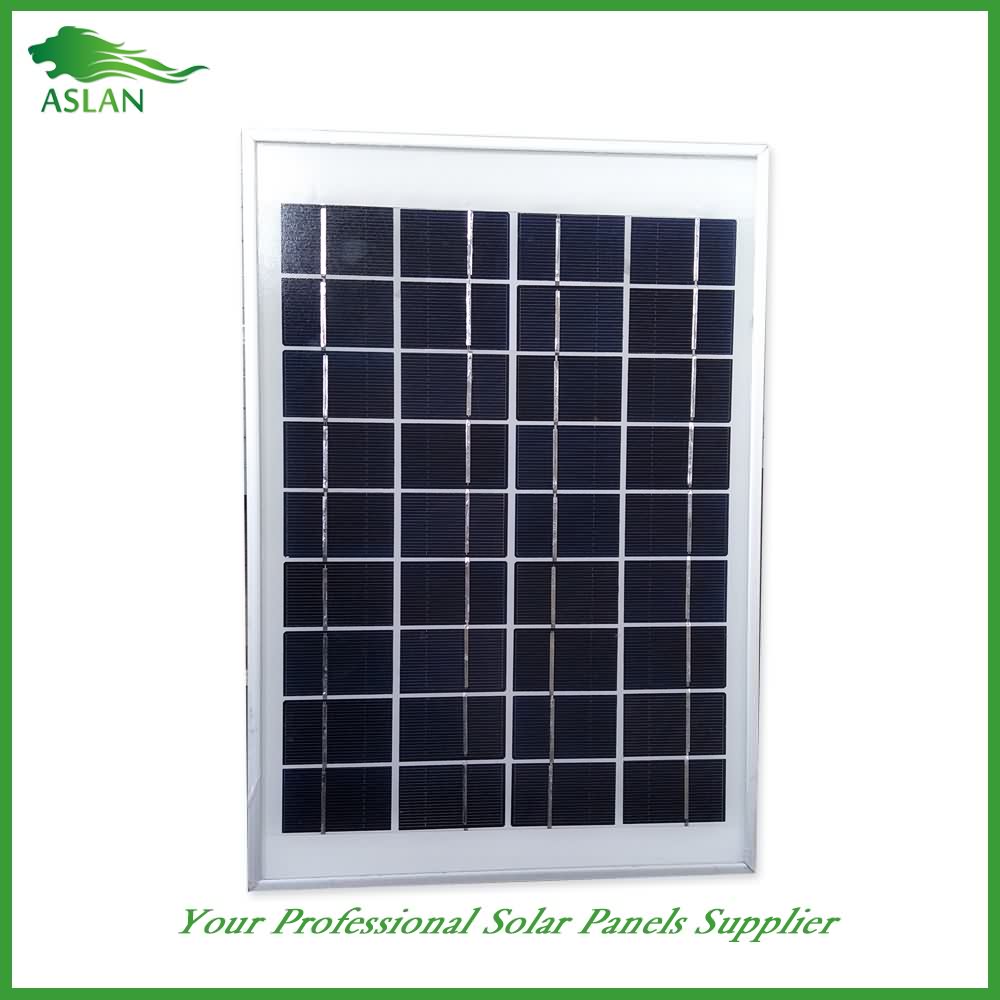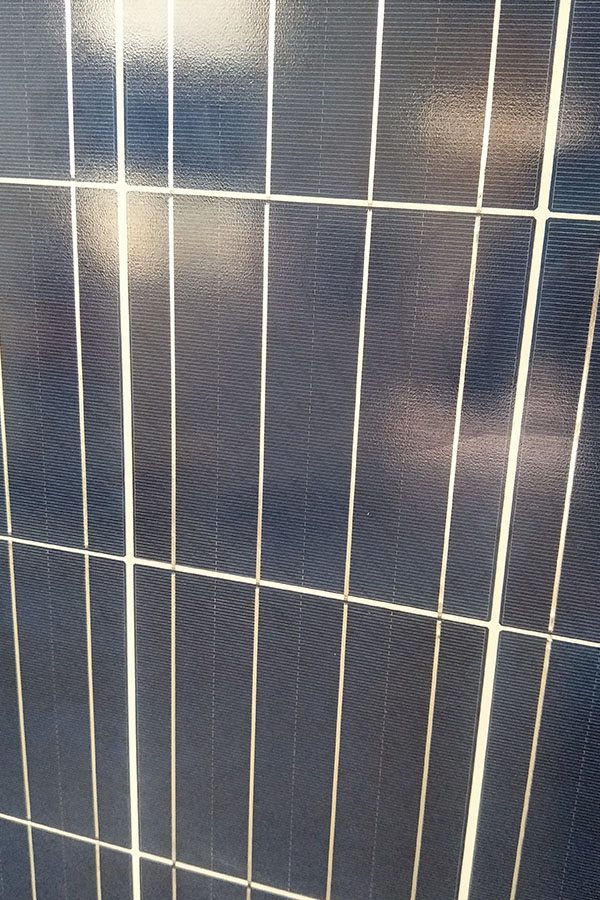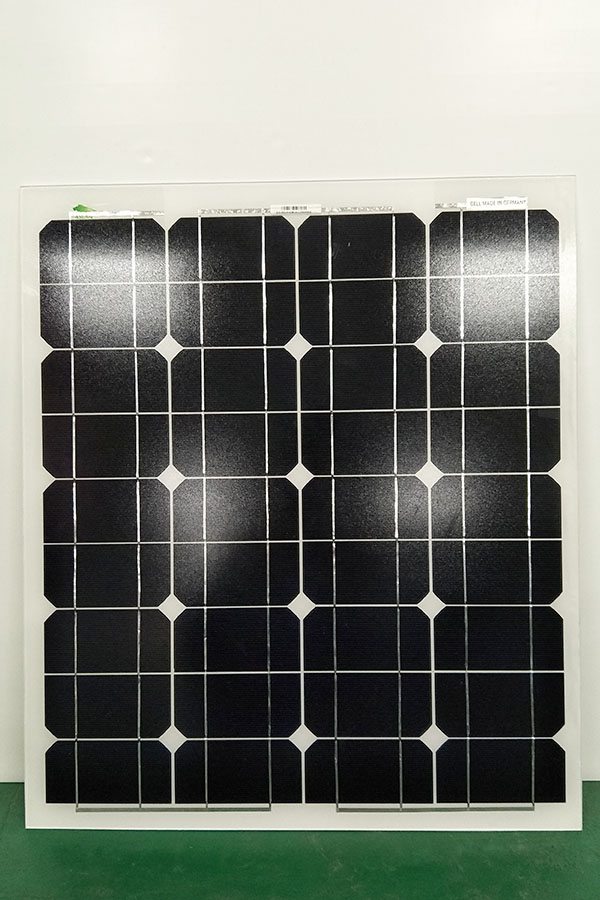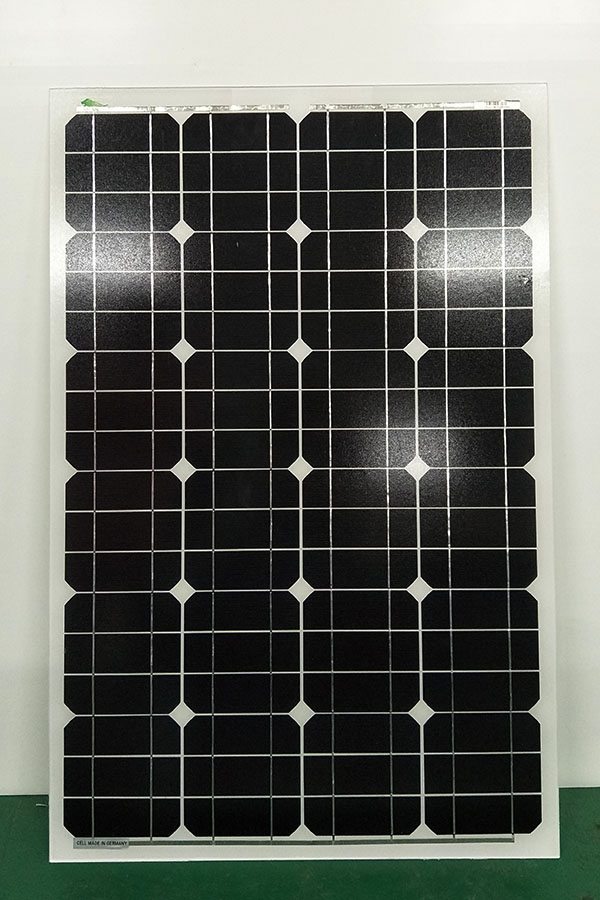Europe style for Mono-Crystalline 150W Solar Panel for Bangalore
Short Description:
Our goal is to provide high quality products at competitive prices, and top-notch service to customers around the world. We are ISO9001, CE, and GS certified and strictly adhere to their quality specifications for Europe style for Mono-Crystalline 150W Solar Panel for Bangalore, Looking to the future, a long way to go, constantly striving to become the all staff with full enthusiasm, one hundred times the confidence and put our company built a beautiful environment, advanced products, quality first-class modern enterprise and work hard!
Mono-Crystalline 150W Solar Panel
Technical parameter
Maximum Power(W) 150W
Optimum Power Voltage(Vmp) 17.92V
Optimum Operating Current(Imp) 7.83A
Open Circuit Voltage(Voc) 21.86V
Short Circuit Current(Isc) 8.59A
Mechanical Characteristics
Cell Type Monocrystalline 156x156mm (6 inch)
No of Cell 36 (4x9pcs)
Dimensions 1485x668x35mm
Weight 11.6KGS
Front Glass 3.2mm,High Transmission, Low Iron,Tempered Glass
Junction box IP65 Rated
Output Cable TUV 1×4.0mm2/UL12AWG,Length:900mm
Temperature and Coefficients
Operating Temperature(°C): -40°C ~ + 85°C
Maximum System Voltage: 600V(UL)/1000V(IEC) DC
Maximum Rated Current Series: 15A
Temperature Coefficients of Pmax: -0.435%
Temperature Coefficients of Voc: -0.35%
Temperature Coefficients of Isc: 0.043%
Nominal Operationg Cell Temperature (NOCT): 47+/-2°C
Materials of solar panel
1).Solar Cell——Mono-crystalline solar cell 156*156mm
2).Front Glass——-3.2mm, high transmission, low iron, tempered glass
3).EVA——-excellent anti-aging EVA
4).TPT——-TPT hot seal made of flame resistance
5).Frame——anodized aluminum profile
6).Junction Box——-IP65 rated, high quality, with diode protection
Superiority: high quality anodized aluminum frame, high efficiency long life, easy installation, strong wind resistance, strong hail resistance.
Features
1. High cell efficiency with quality silicon materials for long term output stability
2. Strictly quality control ensure the stability and reliability, totally 23 QC procedures
3. High transmittance low iron tempered glass with enhanced stiffness and impact resistance
4. Both Polycrystalline and Mono-crystalline
5. Excellent performance in harsh weather
6. Outstanding electrical performance under high temperature and low irradiance
Quality assurance testing
Thermal cycling test
Thermal shock test
Thermal/Freezing and high humidity cycling test
Electrical isolation test
Hail impact test
Mechanical, wind and twist loading test
Salt mist test
Light and water-exposure test
Moist carbon dioxide/sulphur dioxide
Special Discount on WindyNation 2pcs 100 Watt Polycrystalline Solar Panel. Click here to get it: http://amzn.to/2niEnyr
For more deals check out http://www.GeekDealsUS.com
This video was a first attempt at using the YouTube capture and upload app on an iPad2. Seems OK.
This project was to put 30 LEDs in a circle in the rim of a plastic garden planter. I used a cut-down festoon of signage pixel LEDs. These are basically a parallel festoon of LEDs and resistors potted into a rubbery plastic designed to push-fit through a hole in a metal faceplate. I found 9mm was about the right size of hole in the plastic to grip them tightly.
They are powered by a cheap Poundland solar garden light originally designed to light a string of five plastic dragonflies. These little solar lights are actually very good. They’re designed for the British climate with our low levels of sunlight and run their LEDs at very low level to give a long run time each night for modest daylight exposure.
I cut off the original string of 5 LEDs and put on a two pin mini Molex connector, then soldered a matching plug on the string of signage LEDs, using a dab of hot melt glue on the back of the plug to strengthen the wire connection and also keep water away to try and reduce the inevitable electrolytic rusting that happens with DC and water.
The solar module runs the thirty LEDs at very low level, but they still produce vividly coloured dots of light even at such low current.
I also put a drop of oil in the little slide switch under the solar module to try and coat the internal contacts, as I find that the switches on these solar lights are very prone to corrosion and failure.
The LEDs were bought on ebay http://www.ebay.co.uk/itm/110767954466 and typically cost less than 5 GBP in a few different colour choices.
